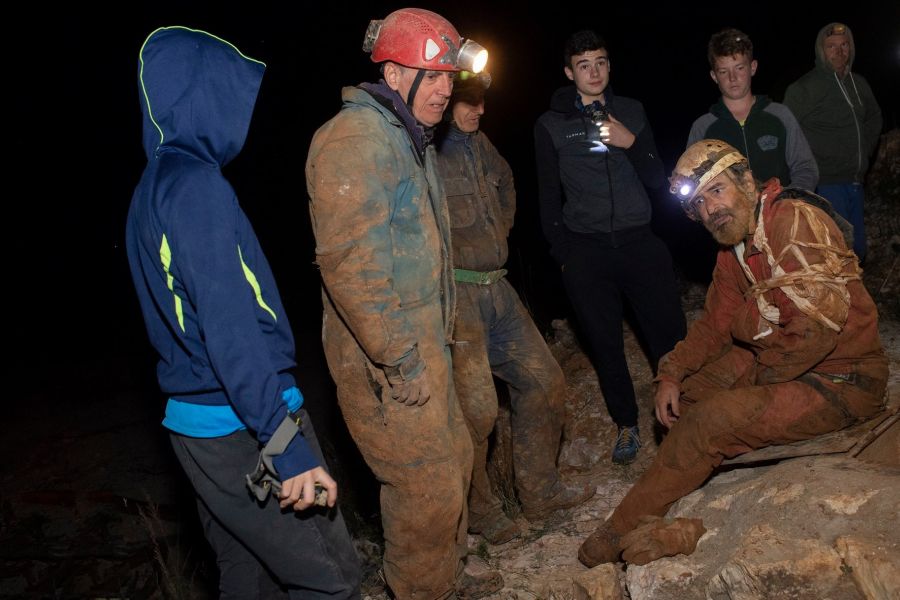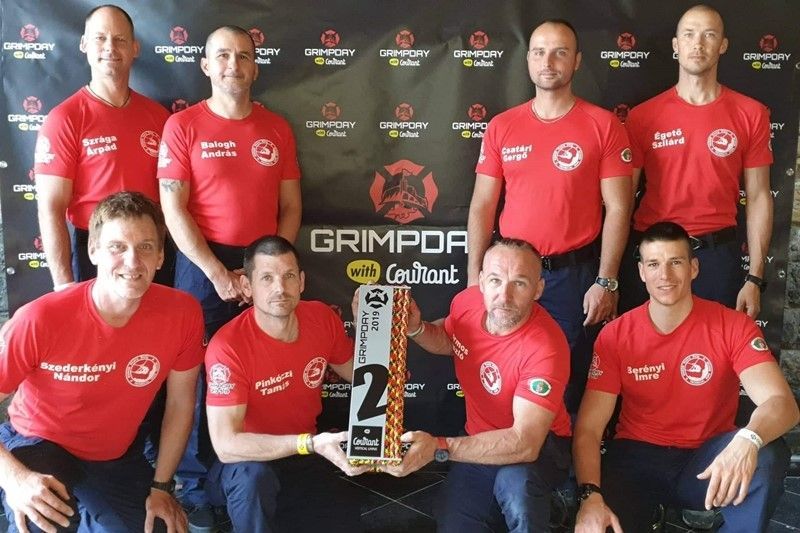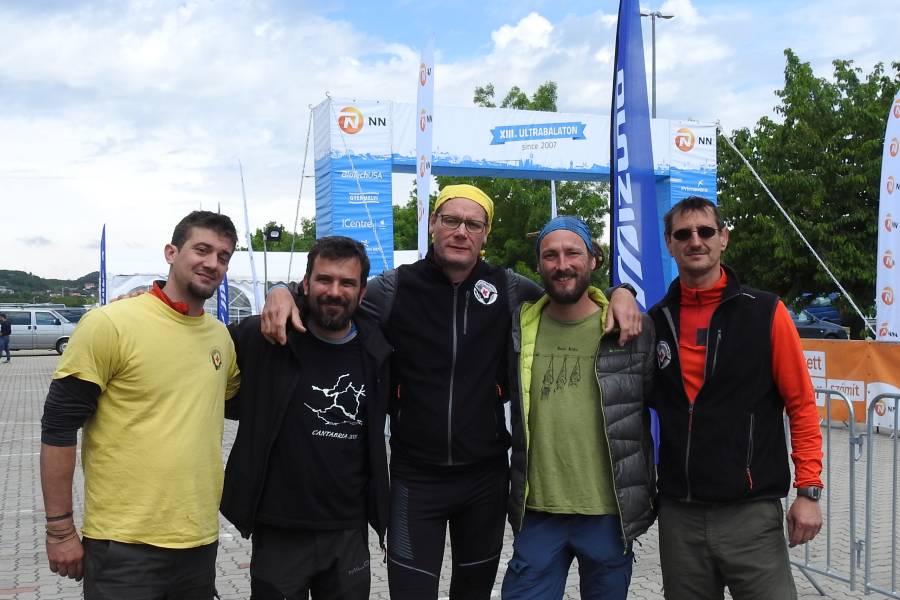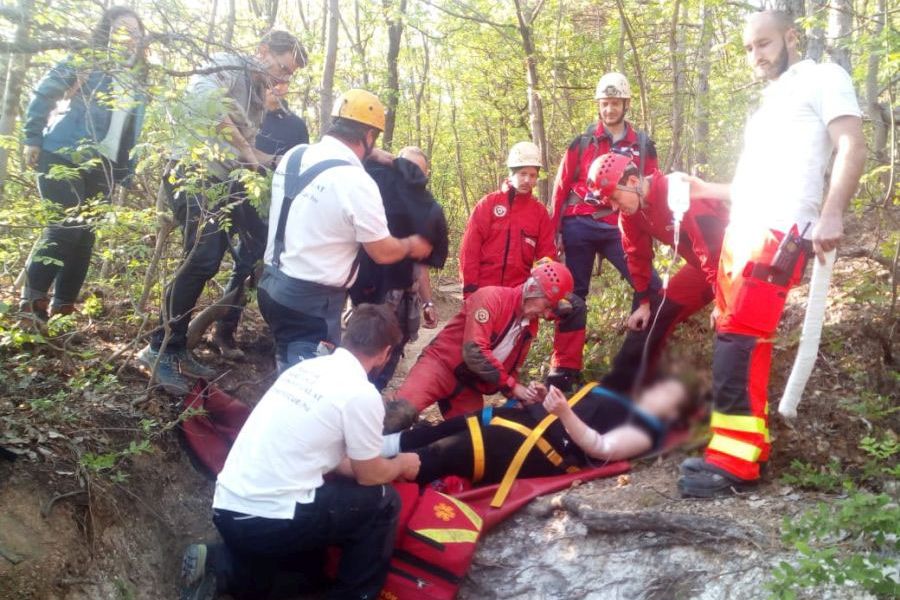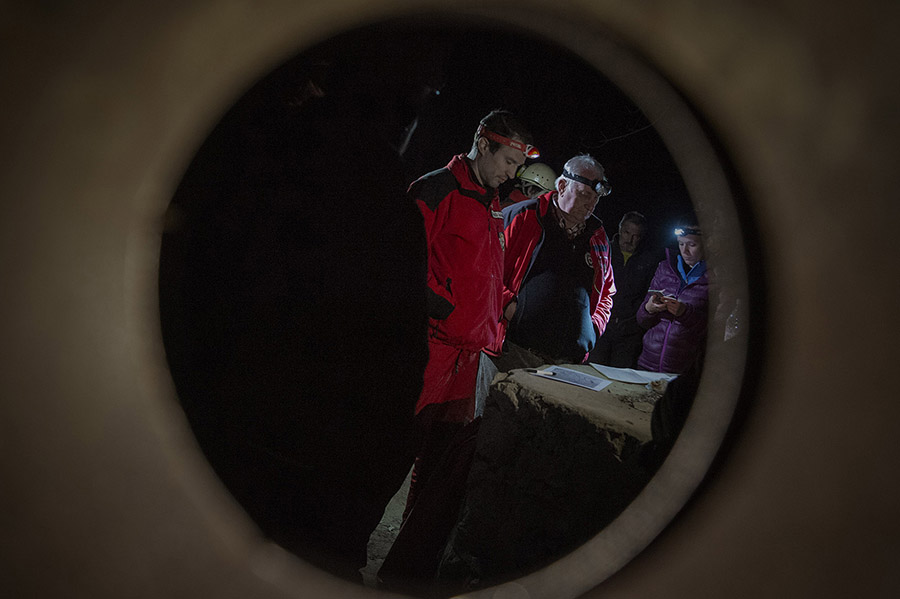 On 20th July 2019, a parachuter alerted the Cave Rescue trapped in a tree. We kept in touch with him by phone. He said he was somewhere near Kesztölc about 20 meters high, and he could not come down on his own.
On 20th July 2019, a parachuter alerted the Cave Rescue trapped in a tree. We kept in touch with him by phone. He said he was somewhere near Kesztölc about 20 meters high, and he could not come down on his own.
Two member of Cave Rescue live closest to the scene departed first by car and then put the necessary equipment in their backpacks and hiked to the sufferring one.
The paraglider was able to send GPS coordinates, so it was relatively easy to find. Without the coordinated the search would have been significantly more difficult. Arriving at the scene, it turned out that it is in a rather unfortunate place, surrounded by rotten trees. Reaching him requires serious rope technology solutions.
In the meantime, it is completely dark. In these case our high-performance caveman headlamps are always useful.



